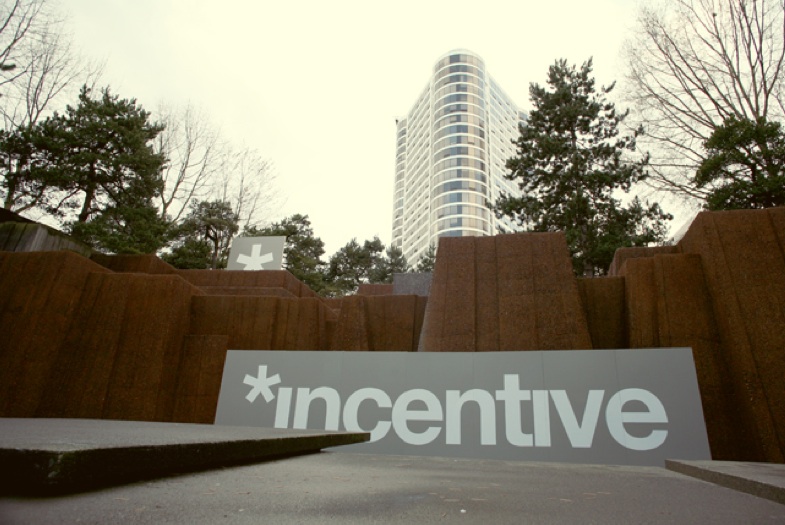I’ve been working in the energy efficiency arena since I started designing buildings under California’s brand new energy code in the early 1980s. I’ve worked in most sectors of the industry from projects to programs, implementation to evaluation and policy. During my tenure financing has been a rising cry as a means to move the market. While I agree that financing is a critical tool in the belt of energy service providers, it is not a panacea and in fact, too much focus on financing as a solution without a clear understanding of the systemic barriers to energy efficiency may result in broken programs that don’t meet goals.
 Image by Flickr user caseorganic.
Image by Flickr user caseorganic.Here are a couple of real world examples of issues we need to address in order to advance efficiency that have nothing to do with financing:
We know what to do - but not how to get people to do it
Many members of the engineering community know how to optimize building performance. Yet, we often fail to get projects implemented. And, we see building owners spending money on “energy upgrades” such as renewables that are far more costly than efficiency, even after we perform the cost benefit analysis that proves upgrading HVAC controls will be far more economical. Money is clearly not the barrier here. The barriers include:
1. Engineers who are good at efficiency aren’t necessarily good at sales.
2. Facility operators prefer new toys over optimizing their DDC systems.
3. Ancillary to #2 is operators do not like outsiders to “mess with” their DDC systems.
Money won’t address these issues, but injecting financing into the system could drive owners even further from the most cost effective investments.
 Image by Flickr user Tax Credits
Image by Flickr user Tax CreditsWe made it operate efficiently - and the operators set it to manual
When we are able to implement energy efficient HVAC control sequences, we often find that they’ve been overridden and the system is being operated in manual mode only a few months after the project is commissioned. (See barriers #2 and #3 above).
I don’t mean to indict building operators. In most businesses these hard working people strive to keep everyone happy and comfort is paramount. If the CEO wants to come in to an air conditioned building on Saturday, the operator will not shut down the HVAC system on the weekends. If the VP of finance works late and her office is too stuffy, the operator leaves the AHU on overnight. Their behavior is completely understandable. Their primary responsibility is to maintain comfort conditions so people can do their jobs. Energy costs are ancillary and typically not part of their performance criteria. Comfort is considered on a daily basis by all building occupants and feedback when it is lacking is loud and urgent.
The Financing Fix
Here is a scenario that is probably already playing out on hundreds of projects and would likely increase with financing: Financing is made available and a building owner uses it to upgrade their controls to capture the increased efficiency that comes from better management of HVAC equipment operation through programming. An energy efficiency program claims savings for these upgrades and the owner needs the savings to support the financing. Comfort problems occur (which may not relate to the upgrade at all) and the operators override or even disconnect the controls. Rigorous third party evaluation of the project finds zero savings for the measures.
This very likely scenario replicated across dozens of projects would result in a finding that the program, including financing, is not cost effective and the plug would be pulled. And it would undermine the credibility of the program operators and delivery personnel in the market.
We need to broaden our perspectives
The approach that programs and institutions are taking relative to energy efficiency is scatter shot as shown by the diagram below.
In order to break down the cultural and systemic barriers to energy efficiency, we need to treat businesses, operations, buildings and people as an integrated system, aka “a market.” Each element has an important place in the project success. Solutions that are designed to overcome market barriers must comprehensively address the full range of issues that impede efficiency to achieve deep and lasting change. Program designs need to wrap around the projects and players to ensure the promised savings are achieved in the long run while building a market that supports energy efficiency even beyond the vast program expenditures that are being made today.
----------------------------------------------
For further reading: http://www.businessenergy.net/DE/Blogs/1772.aspx




